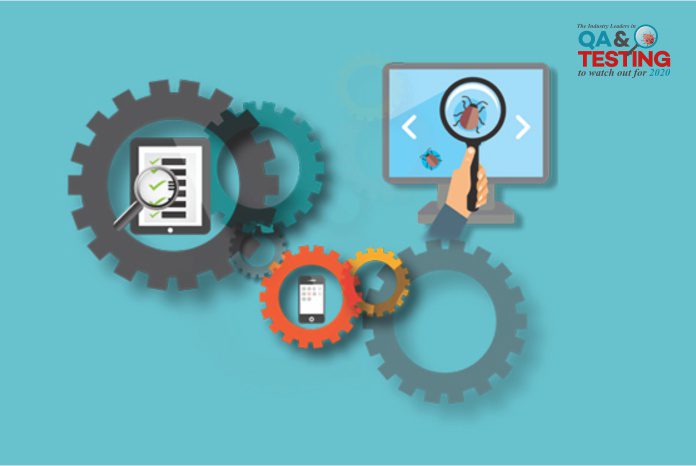Despite the numerous debates on how dependent we are on technology; we cannot deny the fact that this is the machine age. Machines dominate the world which run on the power of its software. Hence, running a quality check on a software to ensure a controlled and defined functioning is very important. The process of identifying the errors and bugs of a software to meet the specified requirements of stakeholders is software testing. A thorough investigation is carried out as a part of the testing process.
Although software testing can determine the correctness of software under the assumption of some specific hypotheses, testing cannot identify all the defects within the software. Not every error is related to coding, many defects are a result of an error made by the programmer. This majorly affects the functioning of the machine and obstructs the efficiency. Therefore, there are many approaches of software testing processes that identify the various defaults of a software.
Manual Testing
As the term defines it, manual testing is a process carried out by hand to gather more information about it and analyze the reason for its disfunction. Manual test plans vary from fully scripted test cases, giving testers detailed steps and expected results, through to high-level guides that steer exploratory testing sessions.
Static Testing
This includes verification in software testing which is a static method of checking files. The main activities involved in this are walkthroughs, reviews, and inspections.
Dynamic Testing
While static testing involves verification, dynamic testing is related to validation, which is the process of testing the real product. To ensure the product that is created meets the requirements, dynamic testing is carried out when the program is run.
White Box Testing
The process that verifies the internal structures or workings of a program, as opposed to the functionality exposed to the end-user is called white box testing. It is also called glass box testing, clear box testing and structural testing. This process is usually carried out at the unit level.
Black Box Testing
It is also known as functional testing which examines the functionality of the software without seeing the source code or internal code structure treating it as a black box. The best advantage of black box testing is that no knowledge of programming is required.
Grey Box Testing
As the name suggests, it is a combination of white and black box testing. The tester needs to have access to design documents which helps to create better tests in this process. It includes reverse engineering to determine the errors.
These are just a few of the approaches listed above however, there are numerous other testing approaches that help in making the software application efficient. Quality, security, cost efficiency, and customer satisfaction, depends on testing. Many companies have identified this need and have innovated new methods of software testing making the testing industry a sustainable one. The software industry is vast and requires continuous improvement with the increasing demand since the software testing process is an iterative one. Many a times when one bug is fixed, there can be a possibility of more bugs emerging. It might be time consuming; it might be tedious however it is the most important process in the software industry.





